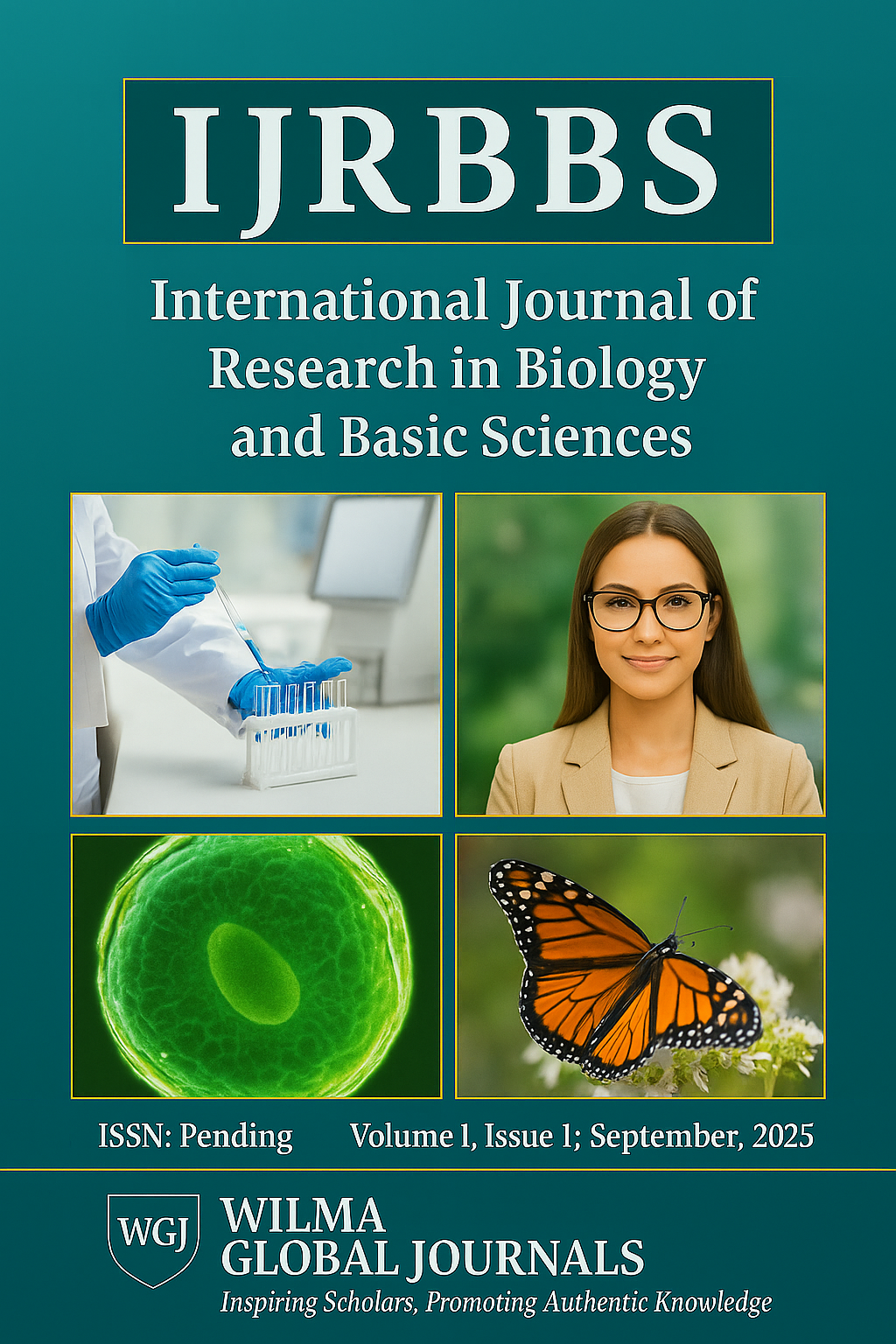ANALYSIS OF VOLATILE COMPOUNDS FROM PSIDIUM GUAJAVA, PASSIFLORA EDULIS, AND LITCHI CHINENSIS IN VIET NAM
Keywords:
Volatile compounds, Psidium guajava, Litchi chinensis, Passiflora edulis, GC–MSAbstract
This study investigated the volatile components of Psidium guajava, Passiflora edulis, and Litchi chinensis, with a focus on utilizing by-products from the fruit juice industry for potential raw material applications that enhance fruit value. Beyond identifying volatiles from waste materials such as peels and seeds, the chemical composition of the fruit flesh was also examined to inform optimization in juice production processes. A multi-solvent extraction approach was applied to peels and seeds, while a combined method employing Natuzyme enzyme treatment and Porapak Q chromatography was used for fruit flesh. Gas chromatography–mass spectrometry (GC–MS) was employed to analyze the extracted compounds. Results showed that in Passiflora edulis, benzaldehyde (23.86%) and hexadecanoic acid (11.19%) dominated peel extracts, while hexyl hexanoate (19.44%) and hexyl butanoate (13.25%) were most abundant in the flesh. In Psidium guajava, alcohols were the principal volatiles, with (Z)-3-hexen-1-ol comprising 47.71% in the peel and 16.80% in the pulp. For Litchi chinensis, terpenes and derivatives such as β-caryophyllene (20.64%) and β-bisabolene (17.74%) were abundant in the peel, whereas hexadecanoic acid methyl ester (23.08%) and acetoin (19.19%) dominated the pulp. These findings provide valuable insights for valorizing fruit-processing by-products and highlight their potential use in flavor and fragrance production, ultimately contributing to sustainable industry practices.


